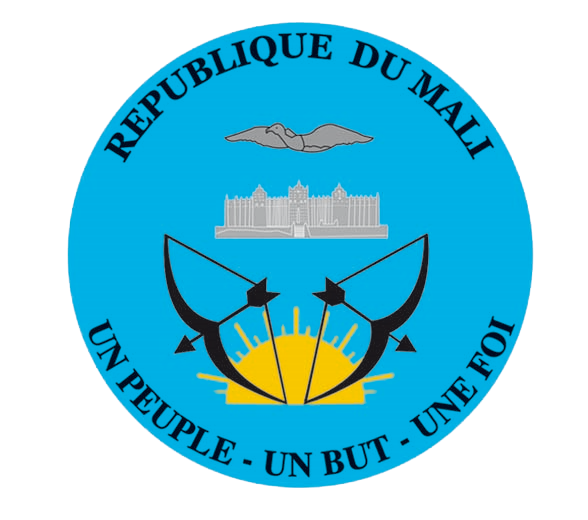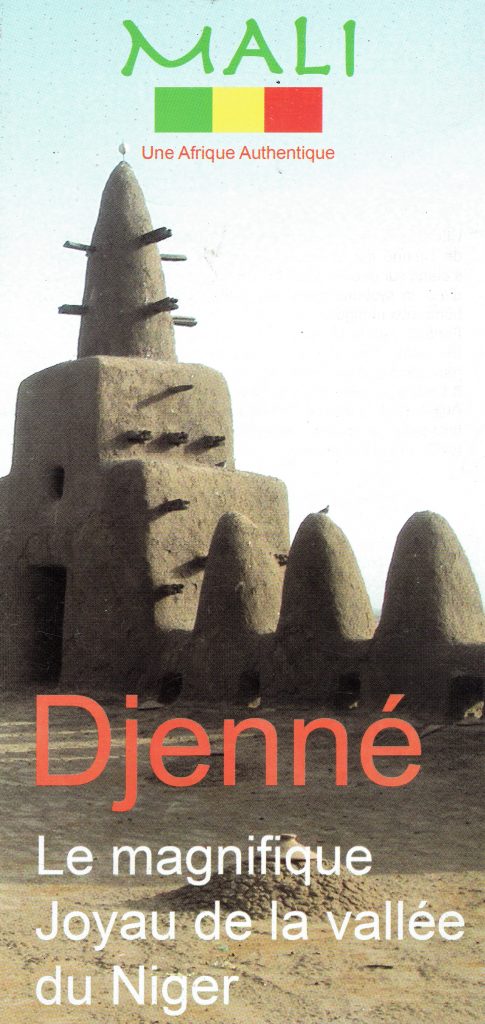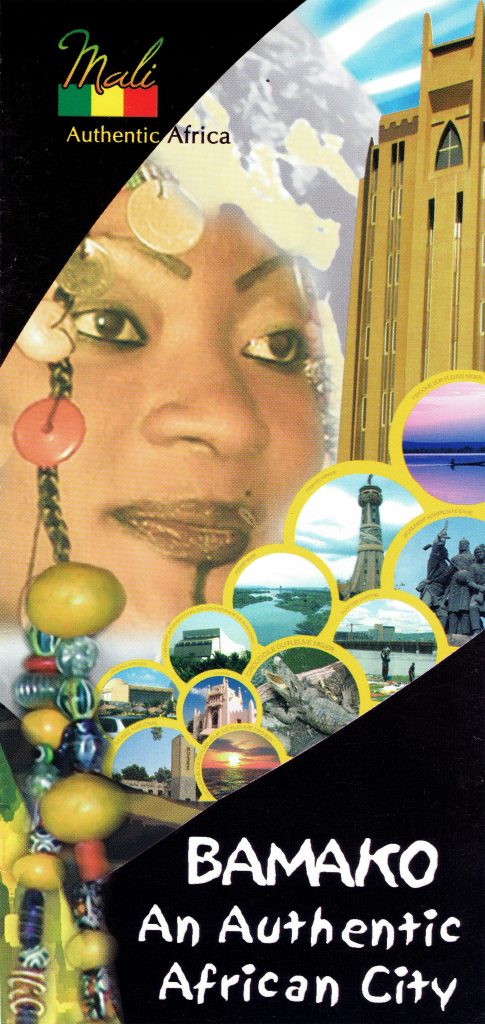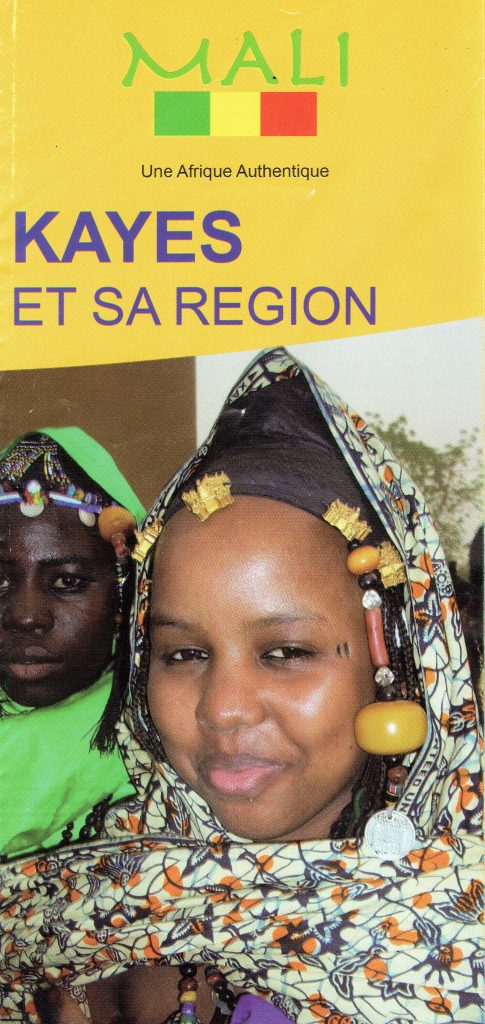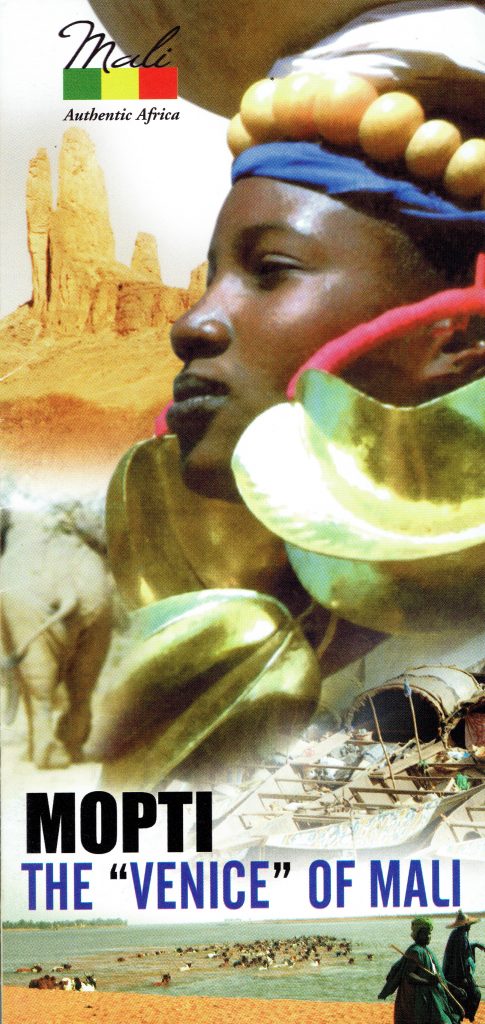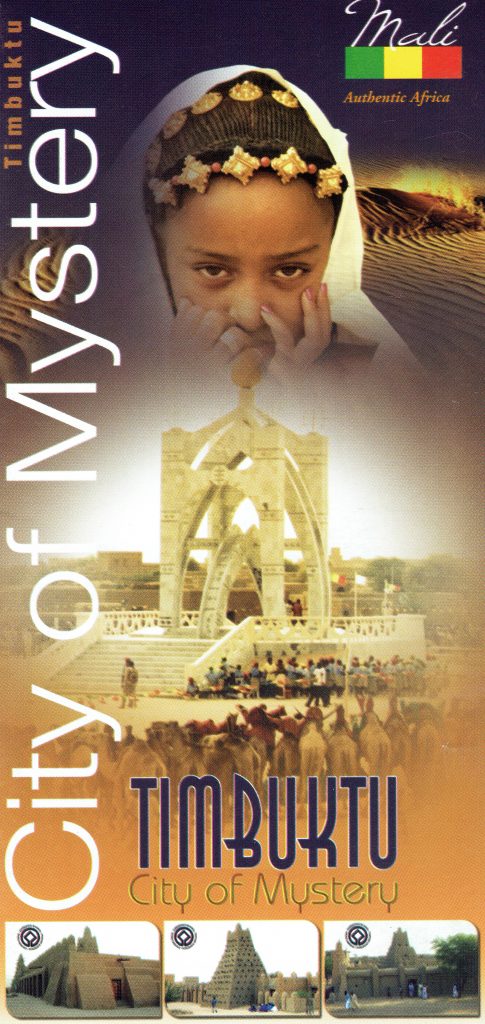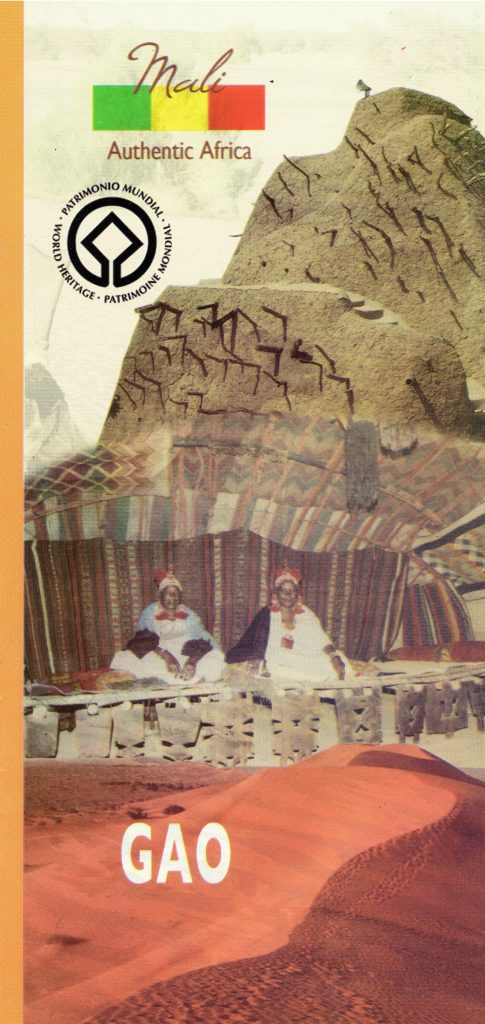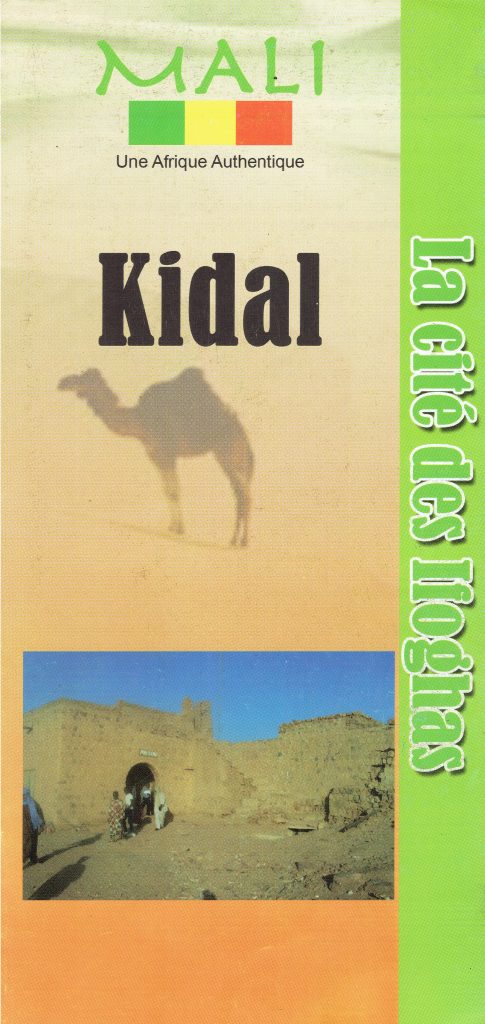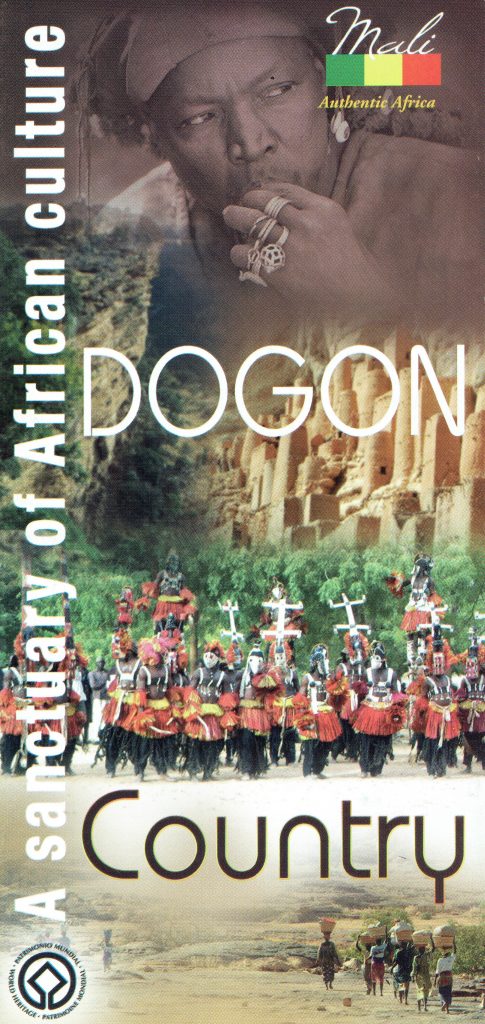History

History
According to historians, Mali takes its name from the prestigious empire of Mali, the most powerful empire at the South of Sahara during the Middle-Ages.
Mali is the cultural heir to the succession of ancient African empires: Ghana, Mali and Songhai, that occupied the West African savannah. These empires controlled Saharan trade and were in touch with Mediterranean and Middle Eastern centers of civilization.
The Ghana Empire, dominated by the Soninke or Saracolé people and centered in the area along the Western Malian-Mauritanian border, was a powerful trading state from about A.D. 700 to 1075.
The Mali Empire had its origins on the upper Niger River in the 11th Century. Expanding rapidly in the 13th Century under the leadership of Soundiata Keita, it reached its peak about 1325, when it conquered Timbuktu and Gao.
The Songhai Empire expanded its power from its center in Gao during the period 1465-1530. Timbuktu was a center of commerce and of the Islamic faith throughout this period with its countless manuscripts.
AMBASSADOR'S MESSAGE

USEFUL LINKS
- Presidency of the Republic of Mali: (www.koulouba.ml)
- Prime Minister’s Office:(www.primature.ml)
- Ministry of Mining, Energy and Water:(www.mines.gouv.ml)
- Ministry of Foreign Affairs, International Cooperation and African Integration:(www.diplomatie.gouv.ml)
- Ministry of Agriculture :(www.developpementrural.gouv.ml)
- Ministry of Malians Abroad:(www.maliens-exterieur.gouv.ml)
- Ministry of Handicrafts, Culture, the Hotel Industry and Tourism:(www.culture.gouv.ml)
- Mali Touristic Promotion Agency:(www.officetourismemali.com)
- API Mali:(www.apimali.gov.ml)
- Chamber of Trade and Industry of Mali:(www.cci.ml)
- ORTM TV:(ortm.ml/)
- Essor:(www.essor.ml/)
- Embassy of Japan in Bamako:(www.ml.emb-japan.go.jp)
